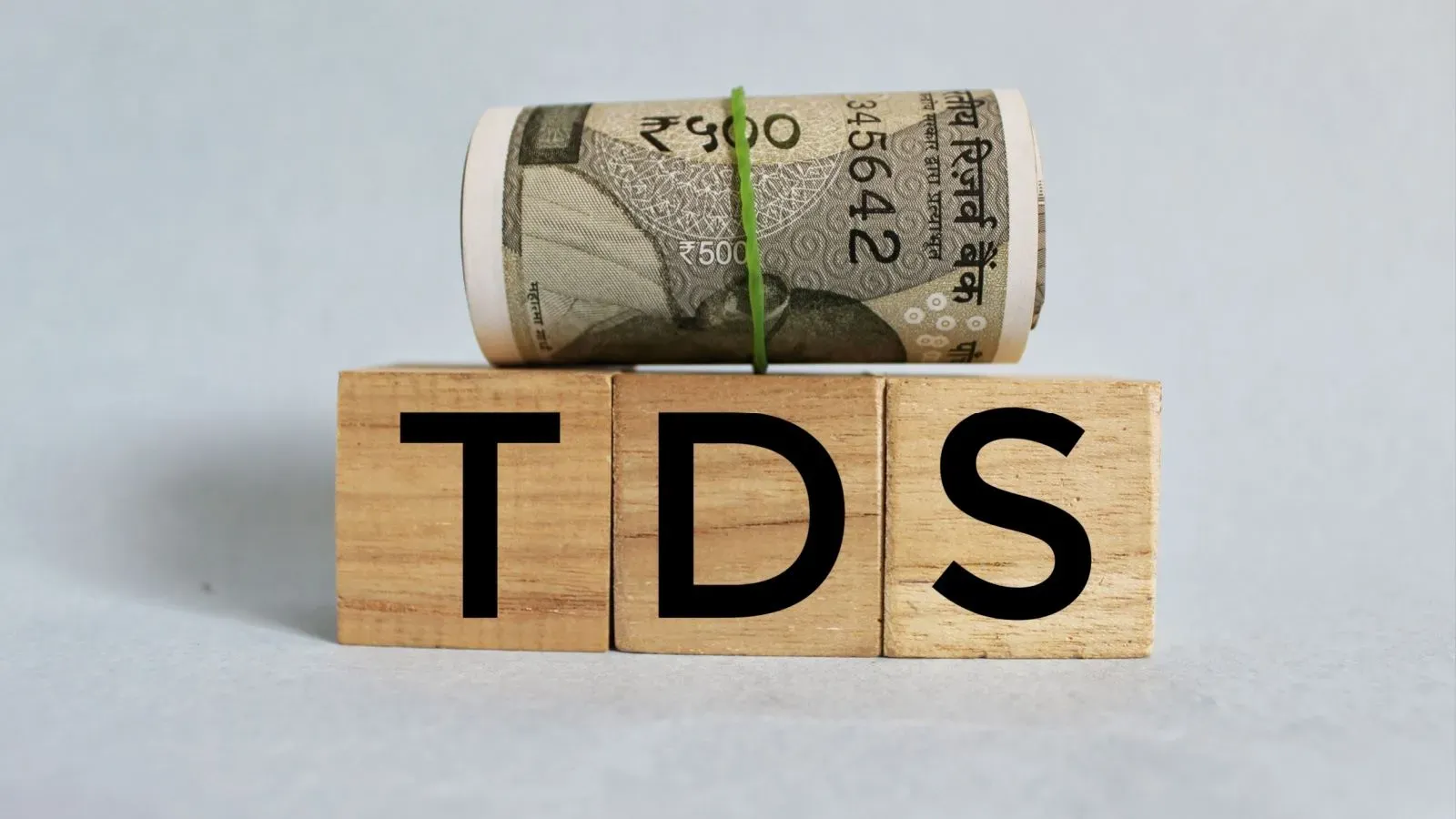Personal Finance News
Senior citizen NRI has ₹2.5 crore in fixed deposits. How will it be taxed if he becomes a resident?

3 min read | Updated on April 23, 2025, 11:42 IST
SUMMARY
Upon a change in residential status from Non-Resident Indian (NRI) to Resident Indian, the taxation rules applicable to bank deposits and interest income undergo a significant shift.

Taxpayers get a chance to choose between old and new tax regimes. | Representational image source: Shutterstock
72-year-old Mohammad Firoz Khan has invested ₹2.5 crore in bank fixed deposits through NRE accounts. He has been a non-resident Indian till now, hence not liable to pay income tax.
Khan wants to switch to non-NRE accounts as he is unable to work hard due to his age. However, he is wondering about tax liabilities that may arise if he switches residency.
In an email on April 5, 2025, Khan shared his query as follows: "I have invested in FDs through NRE accounts. The approximate invested amount is ₹2.5 crore in different banks like SBI, ICICI Bank, Canara Bank, Federal Bank, UCO Bank. I have been an NRI so far, so I was not liable to pay income tax. Now I want to switch to a non-NRE account as I am now 72 years old and unable to work hard anymore. How much income tax shall be incurred on my savings?"
Upon a change in residential status from Non-Resident Indian (NRI) to Resident Indian, the taxation rules applicable to bank deposits and interest income undergo a significant shift.
While you were an NRI, the interest earned on NRE fixed deposits was fully exempt from tax in India under Section 10(4)(ii) of the Income Tax Act, 1961. Additionally, no tax was deducted at source (TDS) on such interest.
However, once you become a resident, these exemptions no longer apply, and the interest income becomes fully taxable under the Income Tax Act.
The Income Tax Act requires that the interest earned on fixed deposits held in resident accounts be taxed under the head “Income from Other Sources” at applicable slab rates.
Your income will be taxed depending on the choice of your tax regime. For senior citizens, there is a basic exemption limit of ₹3,00,000 per annum in the old tax regime and ₹4,00,000 in the new tax regime. In the old regime, you can also claim a standard deduction of up to ₹50,000 on interest income under Section 80TTB.
Based on the stated investment of approximately ₹2.5 crore across multiple banks, and assuming an average FD interest rate for senior citizens of 7%, the estimated annual interest income would be approximately ₹17.5 lakh (i.e., ₹2.5 crores × 7%). This amount will be included in your total income for the year and taxed as per your tax regime choice.
It is important to note that the taxpayer would have an option to choose between the old tax regime (which allows for various deductions and exemptions such as 80C, 80TTB, and standard deduction) and the new tax regime (which offers concessional slab rates but does not allow most exemptions or deductions for instance restriction on claiming Section 80TTB). The decision to opt for either regime should be made after a comprehensive evaluation of the nature of other income, eligible deductions, exemptions, etc.
Related News
By signing up you agree to Upstox’s Terms & Conditions
About The Author
Next Story



